Italy’s enchanting landscape extends far beyond the crowded streets of Rome, Venice, and Florence. The country boasts hundreds of small towns where authentic Italian culture thrives without the constant bustle of tour groups and camera flashes. These hidden gems offer the same stunning architecture, mouthwatering cuisine, and breathtaking views as their famous counterparts—but with significantly fewer visitors.
Here is a list of 20 charming Italian towns that have yet to be discovered by mass tourism. These towns are perfect for travelers seeking authentic experiences away from the crowds.
Civita di Bagnoregio
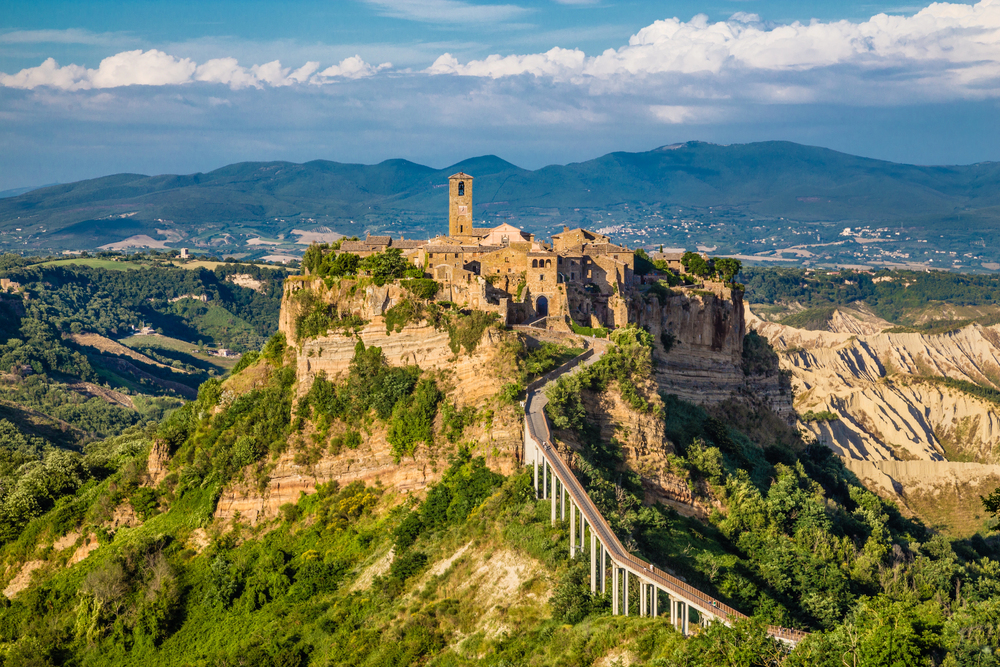
This stunning hilltop village sits atop a plateau of volcanic rock in central Italy. Connected to the mainland only by a narrow pedestrian bridge, Civita’s isolation has preserved its medieval character and earned it the nickname “The Dying Town.
The dramatic landscape and ancient stone buildings transport visitors centuries back in time.
Matera
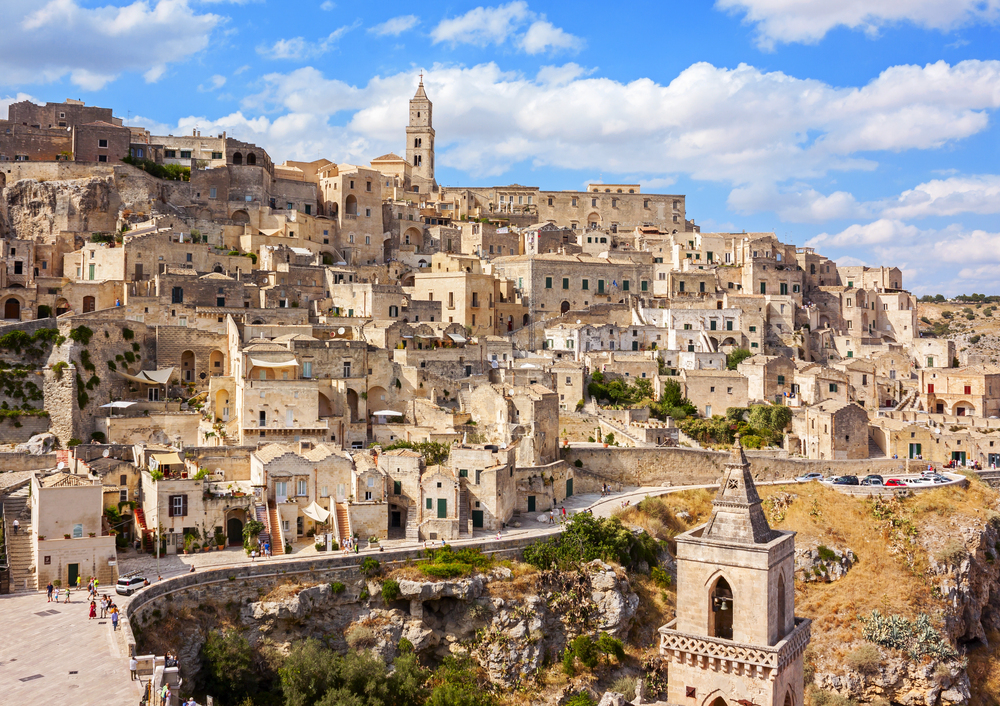
Once considered the ‘shame of Italy’ due to its poverty, Matera has transformed into one of the country’s most fascinating destinations. The ancient cave dwellings known as ‘sassi’ date back thousands of years, making this one of the oldest continuously inhabited settlements in the world.
The golden stone glows at sunset, creating an almost biblical atmosphere.
Like Travel Pug’s content? Follow us on MSN.
Pitigliano
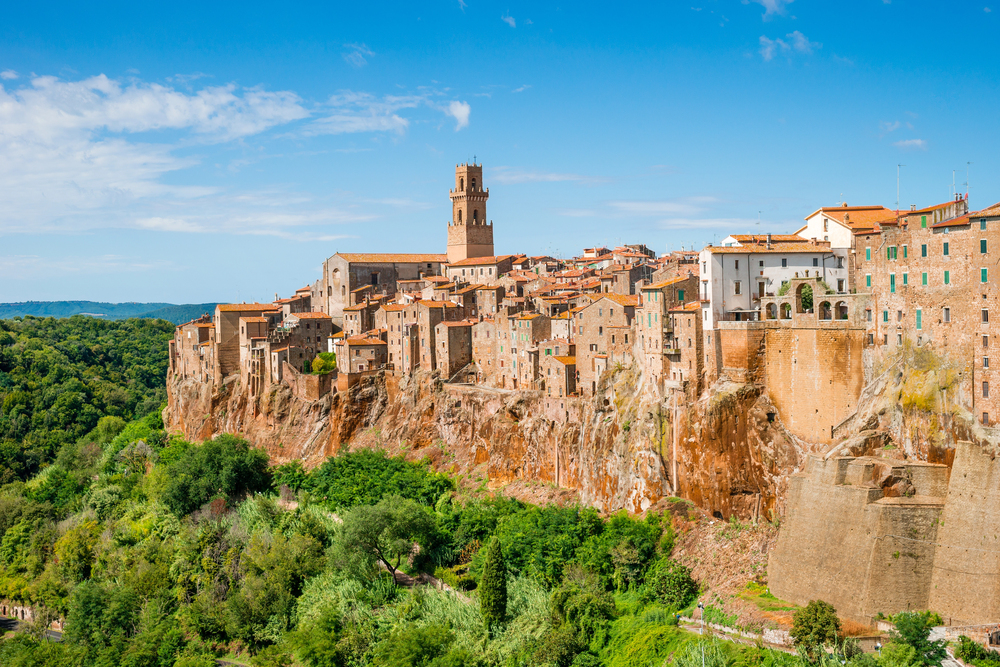
Carved dramatically from volcanic tufa rock, Pitigliano appears to grow organically from the cliffside. This Tuscan town is known as ‘Little Jerusalem’ due to its historic Jewish community and well-preserved synagogue.
The narrow medieval streets wind through the town like a labyrinth, revealing hidden courtyards and cellars carved directly into the rock beneath.
Alberobello
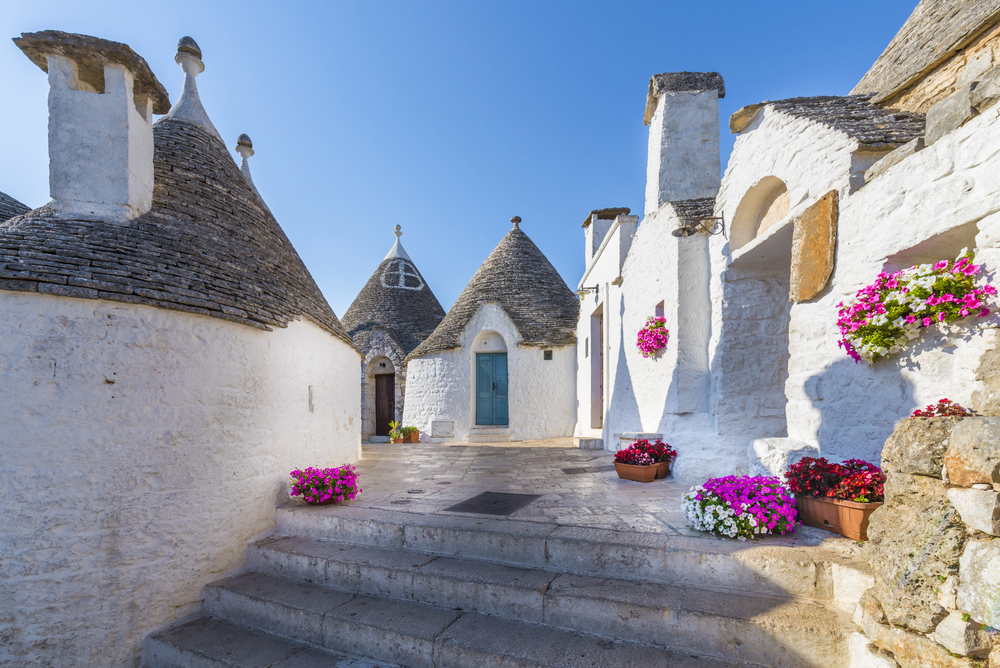
The distinctive cone-shaped trulli houses make Alberobello look like something from a fairy tale. These limestone dwellings with gray stone roofs create a landscape unlike anywhere else in Italy.
Many of these unique structures now house shops, restaurants, and accommodations where visitors can experience spending a night in these architectural marvels.
Castelluccio
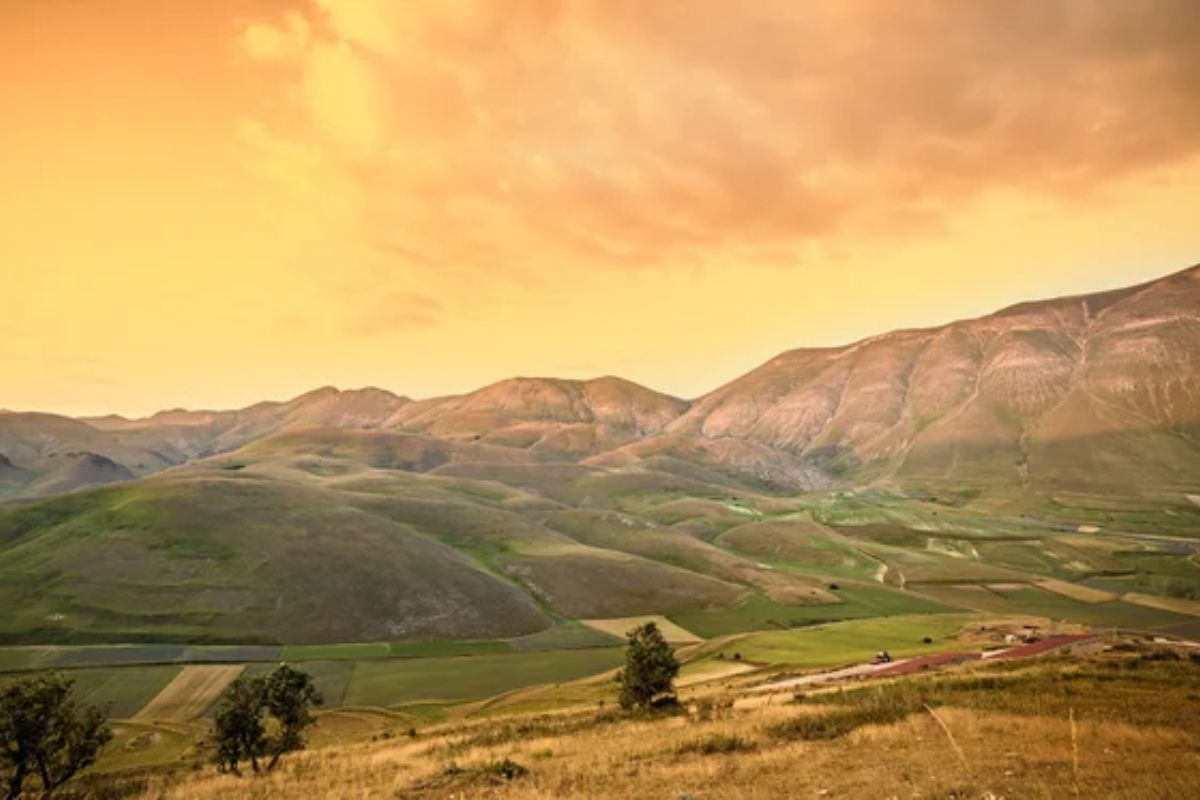
Perched high in the Apennine Mountains, this tiny village sits above the Piano Grande, a high plateau that explodes with wildflowers each summer. The colorful patchwork of blossoms creates one of Italy’s most spectacular natural displays.
The town consists of just a handful of stone buildings centered around a church tower.
Like Travel Pug’s content? Follow us on MSN.
Procida

While Capri and Ischia draw the crowds, this tiny Bay of Naples island remains delightfully authentic. Procida’s fishing village vibe comes with genuinely colorful waterfront buildings in pastel hues that inspired the film ‘Il Postino.’
The narrow streets climb from the harbor, offering increasingly stunning views of the Bay of Naples.
Calcata

Perched atop a volcanic cliff just 30 miles from Rome, this medieval village seems frozen in time. Abandoned in the 1930s over fears the cliff was unstable, Calcata was rediscovered by artists and creatives in the 1960s.
Today, its ancient stone buildings house an eclectic mix of art galleries, studios, and quirky cafés.
Bosa
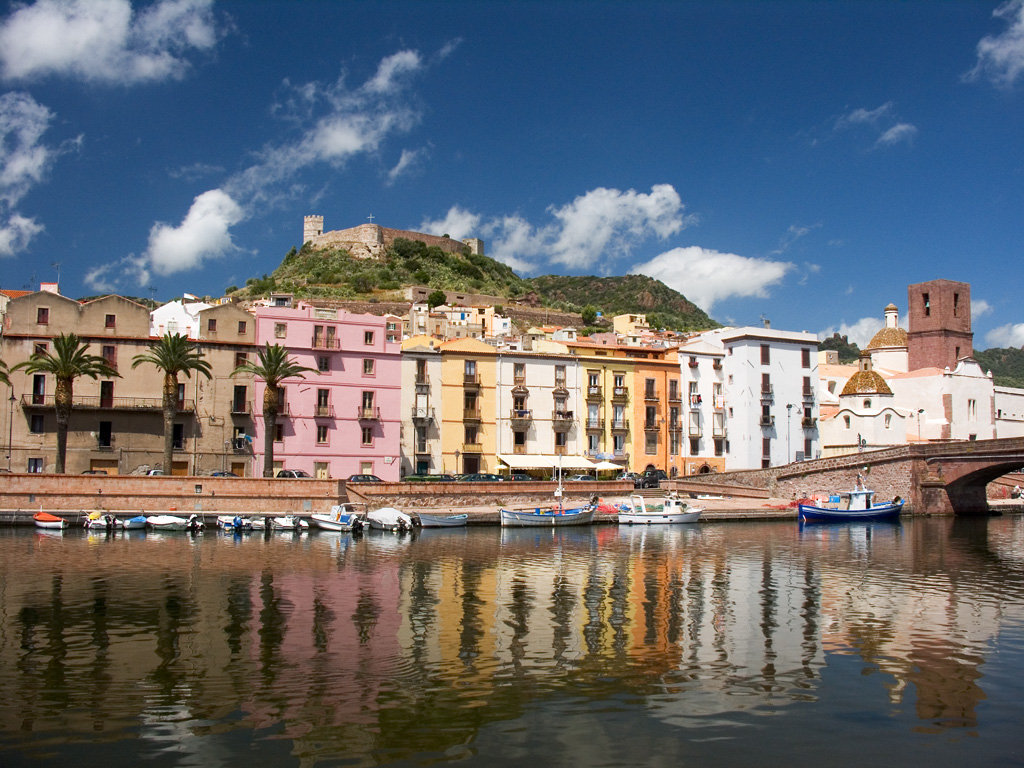
This Sardinian gem is located along a river rather than directly on the coast, giving it a distinct character from other island towns. Pastel-colored houses line the riverbank beneath a medieval castle.
The surrounding countryside produces excellent Malvasia wine, which is best enjoyed at sunset from the castle walls.
Like Travel Pug’s content? Follow us on MSN.
Spello
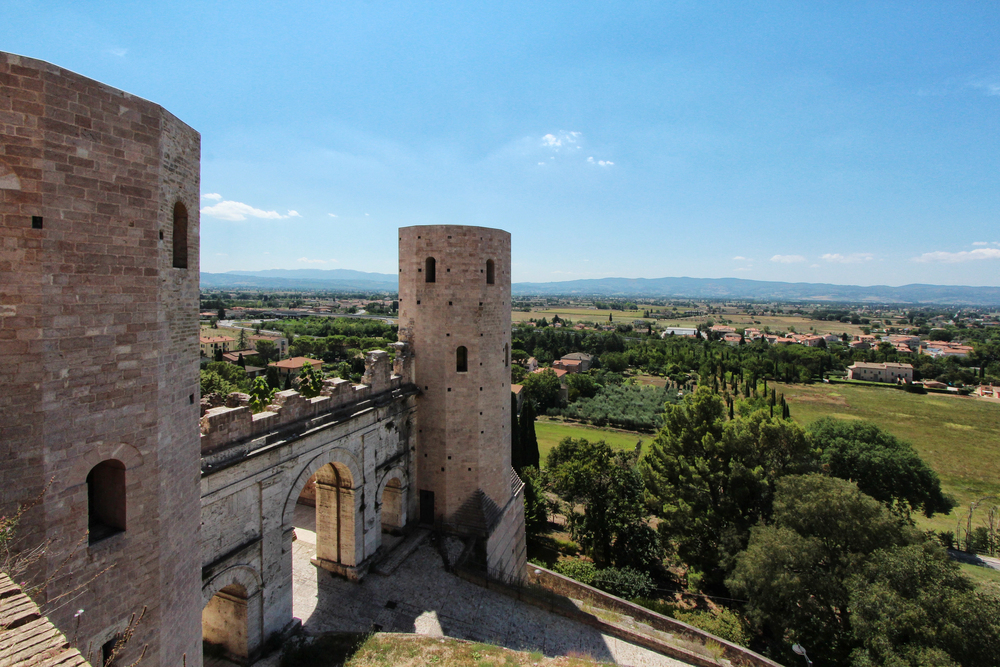
Even among Umbria’s many hill towns, Spello stands out for its extraordinary beauty. Ancient Roman gates lead to streets with stone houses adorned with cascading flower boxes.
Each June, the town creates elaborate carpets of flowers for the Infiorata festival, turning the entire historic center into a living art installation.
Otranto
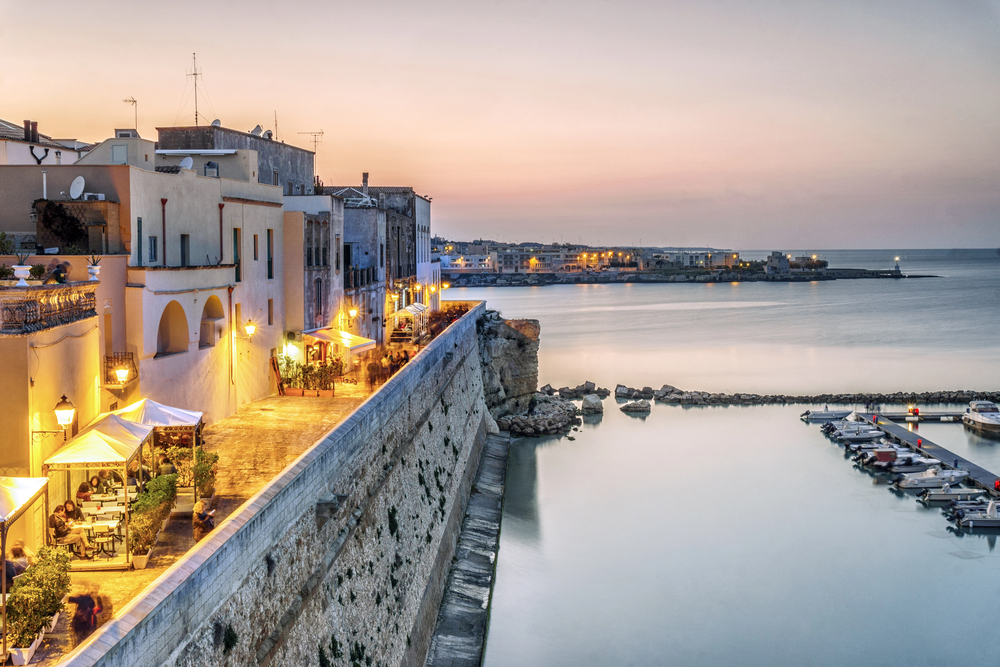
This coastal town on the heel of Italy’s boot blends influences across the Mediterranean. The 12th-century mosaic floor in the cathedral depicts an enormous tree of life alongside bizarre mythological creatures.
The turquoise waters of the Adriatic provide a stunning backdrop to the whitewashed buildings and Norman castle.
Tellaro
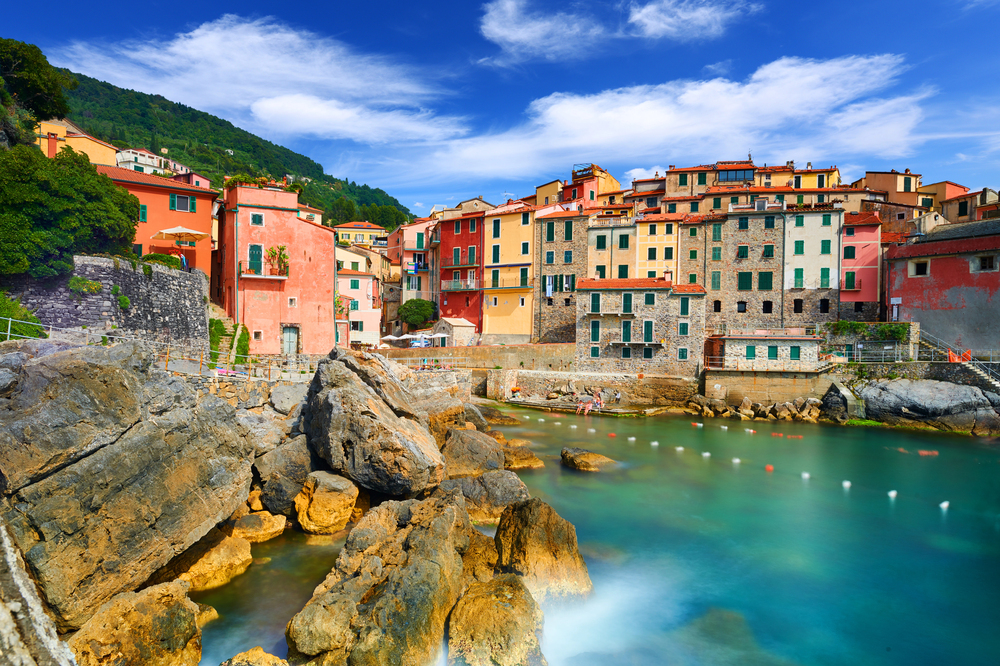
This tiny fishing village on the Ligurian coast offers all the beauty of the Cinque Terre with hardly any crowds. Pink and yellow houses cluster around a small harbor where fishing boats still bob in the water.
According to local legend, the town was once saved from pirate attack by a giant octopus that rang the church bells as a warning.
Like Travel Pug’s content? Follow us on MSN.
Savoca
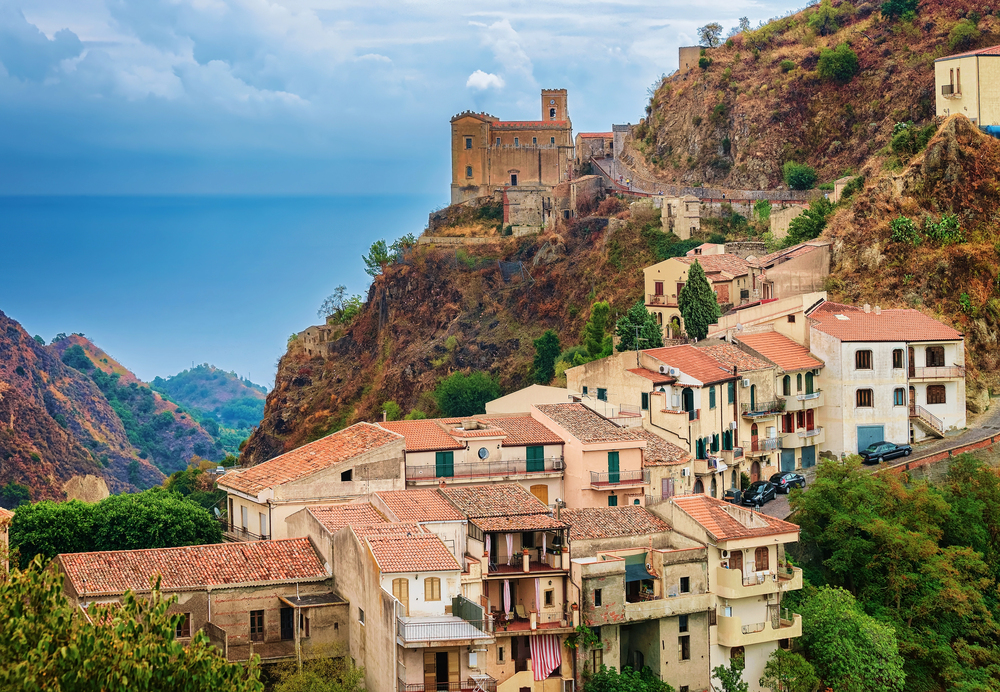
Film buffs might recognize this Sicilian hill town as a location from The Godfather, but Savoca’s charms go far beyond its cinematic fame. Stone buildings with terracotta roofs cling to the hillside, offering views across citrus groves to the sparkling Mediterranean.
The quiet streets speak to a pace of life that remains unhurried and authentic.
Orvieto
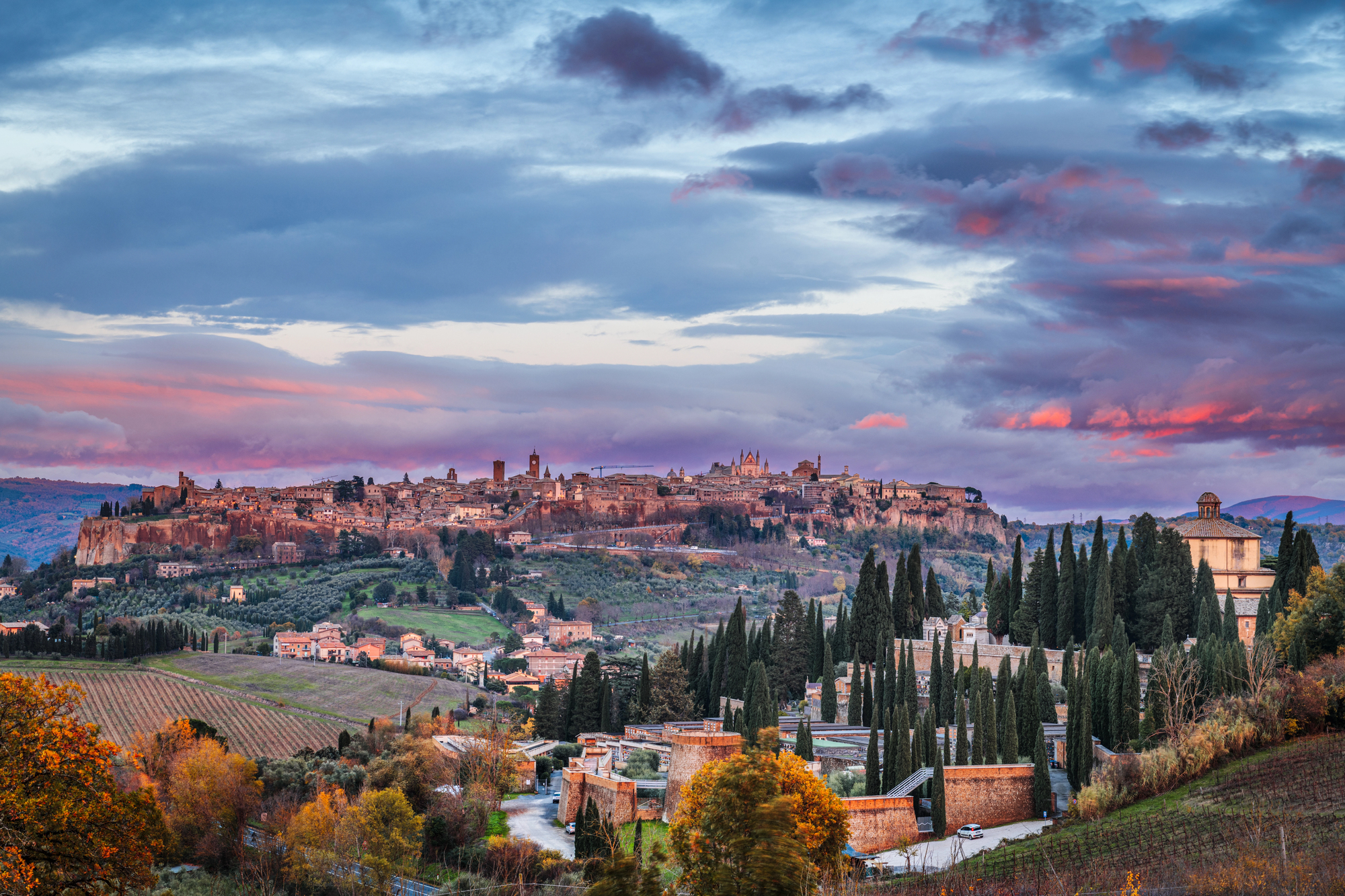
Set atop a massive plateau of volcanic rock, Orvieto dramatically dominates the surrounding plain. The town’s Gothic cathedral features a facade that rivals those in Florence or Siena, decorated with vivid mosaics and intricate carvings.
A network of underground tunnels and caves beneath the town tells the story of its Etruscan origins.
Locorotondo
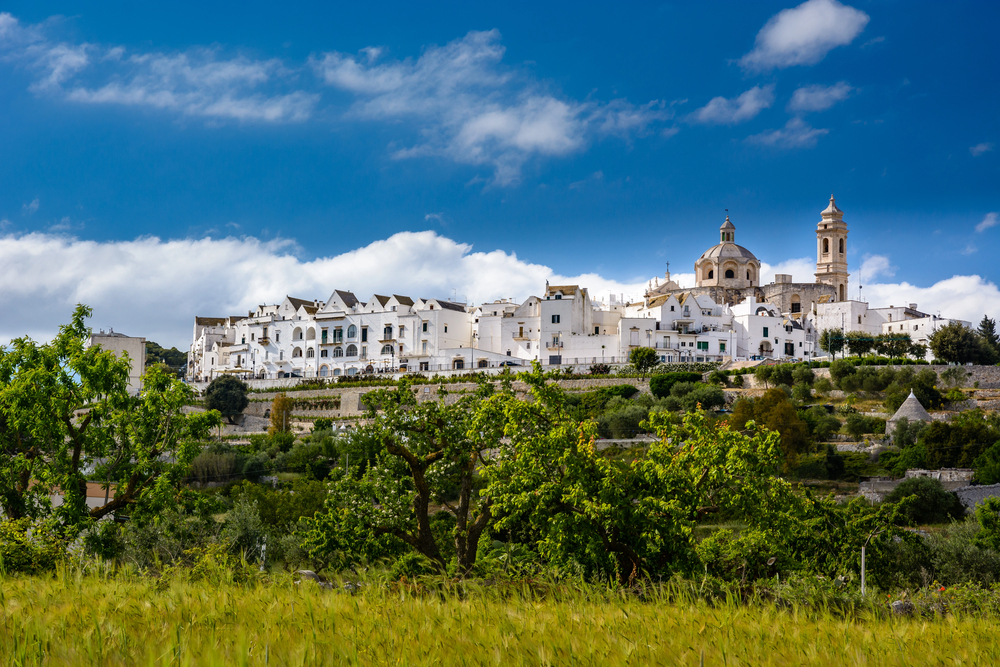
The name means ’round place,’ perfectly describing this circular town in Puglia. Pristine whitewashed buildings with sloping roofs create a uniquely luminous atmosphere in the historic center.
The surrounding Valle d’Itria is dotted with olive groves and vineyards producing crisp white wines that pair perfectly with local cheeses.
Like Travel Pug’s content? Follow us on MSN.
Castelmezzano
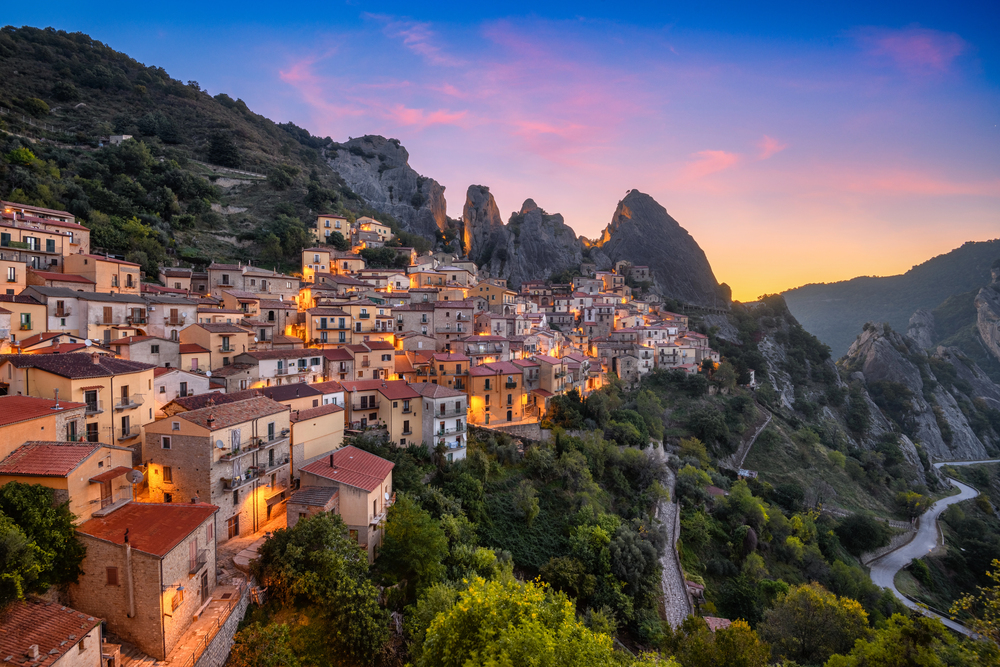
Nestled among the jagged peaks of southern Italy’s Dolomiti Lucane, this village seems to defy gravity. Ancient stone houses appear to grow directly from the mountainside, creating one of the most dramatic settings in Italy.
The more adventurous visitors can experience the ‘Flight of the Angel,’ a high-speed zipline to the neighboring village of Pietrapertosa.
Borghetto sul Mincio
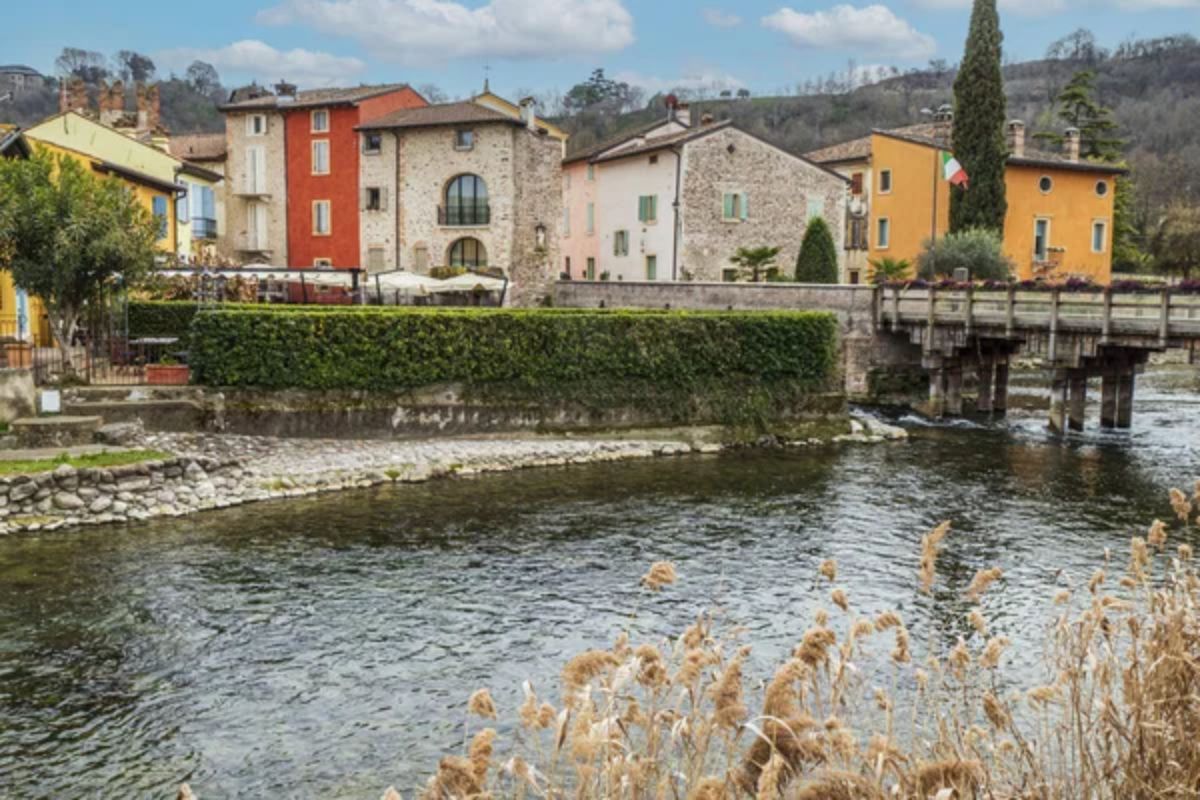
This tiny riverside hamlet consists of just a handful of buildings, ancient water mills, and a fortified bridge spanning the Mincio River. The sound of flowing water accompanies visitors through this fairytale setting, where time seems to stand still.
Local restaurants specialize in tortellini, which is said to have been inspired by Venus’s navel.
Pienza
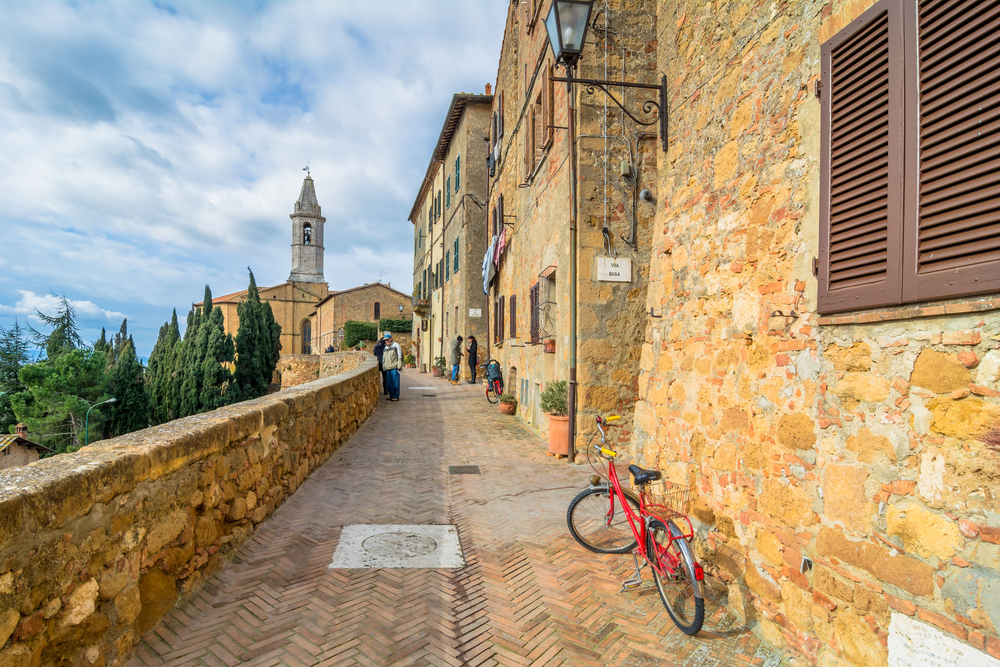
The Renaissance pope Pius II transformed his hometown into the ideal city, creating a perfectly proportioned main square surrounded by elegant palaces. This UNESCO World Heritage site remains remarkably untouched by modern development.
The surrounding Val d’Orcia landscape, with its rolling hills and cypress-lined roads, epitomizes the classic Tuscan countryside.
Like Travel Pug’s content? Follow us on MSN.
Dozza
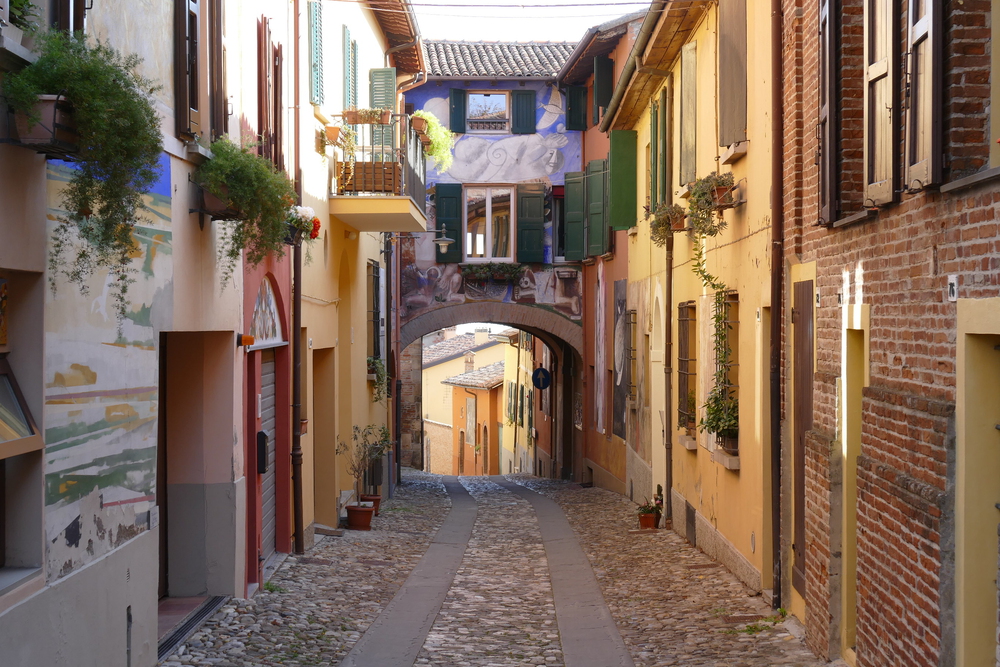
The buildings in this medieval village near Bologna serve as canvases for contemporary artists. Every two years, the Painted Wall Biennial invites artists to create new murals throughout town, turning the entire village into an open-air gallery.
The impressive fortress houses a regional wine shop where visitors can sample the best wines from Emilia-Romagna.
Chioggia
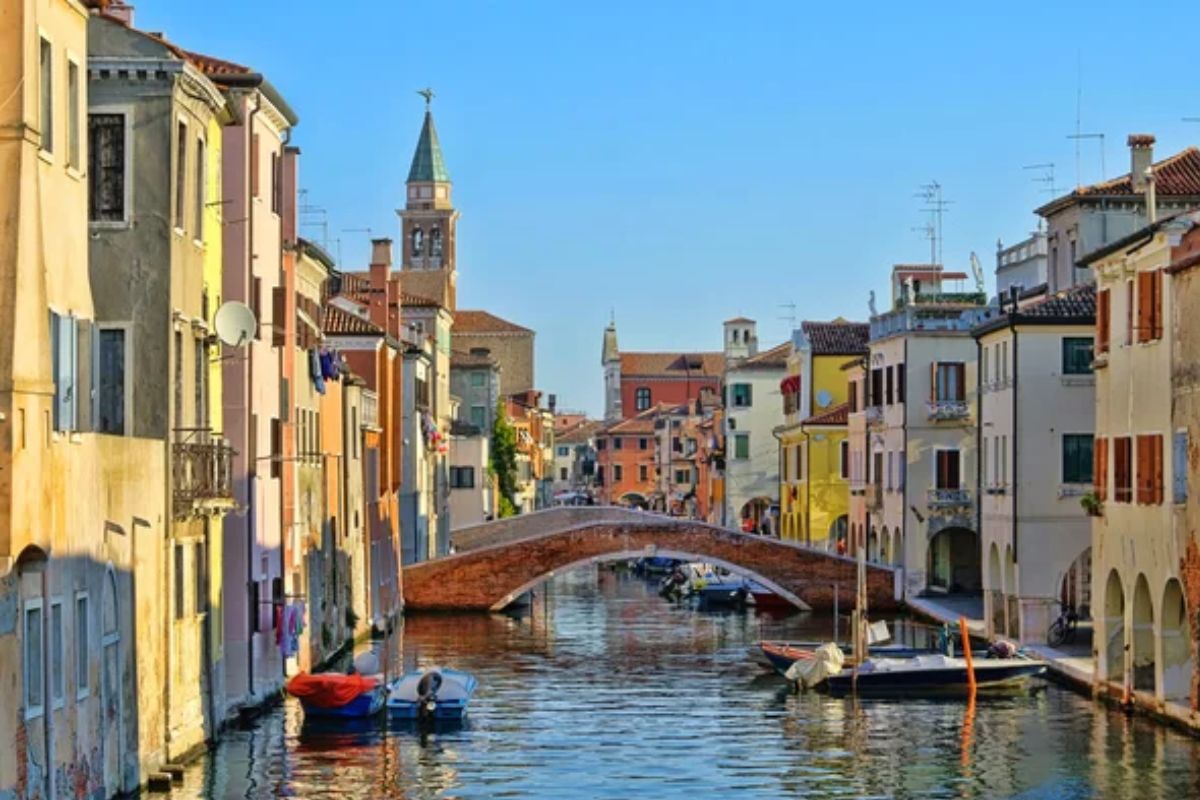
Often described as ‘Venice’s little sister,’ this fishing town offers similar canals and architecture without the overwhelming tourism. Colorful fishing boats line the canals, and the daily fish market bursts with energy and authentic local life.
The wide main street provides a refreshing contrast to Venice’s narrow alleyways.
Custonaci

This Sicilian marble town sits beneath the dramatic peak of Mount Cofano near the island’s western coast. The gleaming white stone appears everywhere, from church facades to street pavements.
Each December, the town transforms a natural cave into one of Italy’s most atmospheric living nativity scenes, continuing traditions that blend religious devotion with ancient folk customs.
Like Travel Pug’s content? Follow us on MSN.
The Soul of Italy Lives On
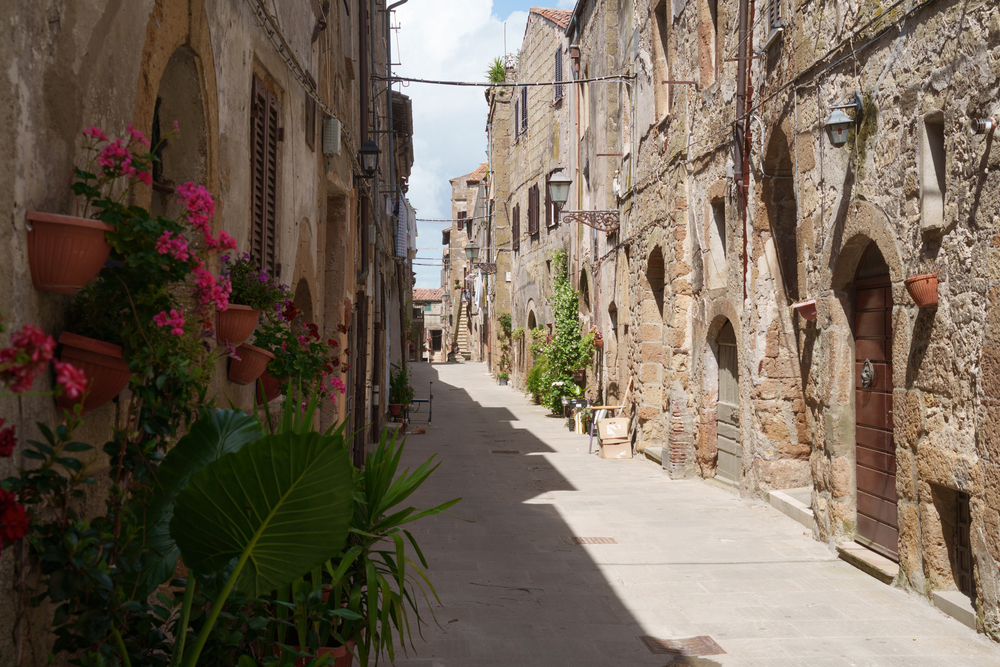
These twenty towns represent just a fraction of Italy’s undiscovered treasures waiting for thoughtful travelers. Each preserves a distinct cultural identity forged through centuries of history, art, and tradition.
As larger destinations implement tourism restrictions to manage overwhelming crowds, these smaller communities offer glimpses into an unhurried Italy. The reward for venturing beyond the guidebook classics isn’t just avoiding crowds—it’s discovering the authentic heart of one of the world’s most beloved countries.
More from Travel Pug

- Cities Growing so Fast You Won’t Recognize Them in 10 Years
- 13 Destinations Where Tourists Regularly Regret Their Trip
- 20 Obscure WWII Sites Even History Buffs Don’t Know About
- 10 Under-the-Radar Mountain Towns That Are Both Affordable and Beautiful
- Remote Villages in Europe Where You Can Live for Free in Exchange for Work
Like Travel Pug’s content? Follow us on MSN.
